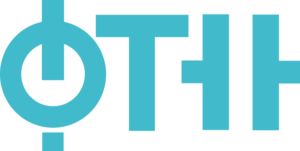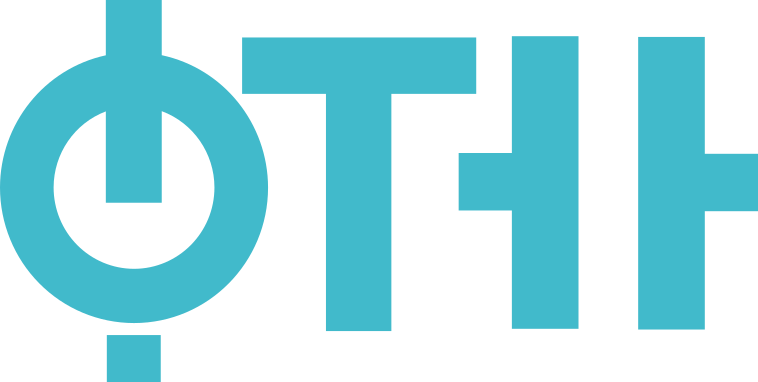Subject: Design of Analog Integrated Circuits (17.EM424A )
Native organizations units: Department of Power, Electronic and Telecommunication Engineering
| Category | Theoretical-methodological |
| Scientific or art field | Electronics |
| ECTS | 5 |
To gain knowledge of computer aided design of analog integrated circuits
To gain knowledge of second order effect in contemporary submicron MOSFETs. MOSFET models in all operating regimes. To gain knowledge of passive components (resistance, capacitance and inductance) and of parameters that influence their design as a part of integrated circuit. To get familiar with the basic matching techniques and their use in current mirrors, voltage dividers, differential pairs. TO get knowledge of pros and cons of the single transistor amplifiers, cascode and folded cascode amplifiers. To get familiar with the various topologies of the differential pair and their pros and cons. To get the knowledge of general issues while designing current mirrors and their topologies applicable in low-voltage technologies. Design of the integrated circuits with computer aided design tool Cadence.
Comparison of the CMOS and bipolar technology. Basic MOSFET characteristics. Second-order effects in MOSFETs (body effect, channel length modulation, weak inversion regime, mobility degradation with vertical electrical field, velocity saturation in the strong inversion regime, breakthrough, hot-electron effect... ). Scaling limitations for MOSFET. Large signal schematic and respective capacitances for MOSFET. MOSFET small- signal schematic and parameters (transconductance, body effect transconductance, output resistance). Passive components (resistance, inductance, capacitance) and their fabrication precision as a part of integrated circuits. Circuits and devices matching. Layout techniques (multifinger gate, common centroid, interdigitated, side by side, dummy components, substrate contacts, contact and connection matching, shielding). Antenna effect in integrated circuits. Matching in current mirrors, voltage dividers, differential pairs. Single stage amplifiers (common source, common drain, common gate). Cascode amplifer and folded cascode amplifier. Current mirrors. Type of current mirror appropriate for low-voltage applications. Differential amplifier with various types of loads (resistors, active load, current mirror...). Commode mode rejection ratio and power mode rejection ratio as differential amplifier figures of merit.
Lectures; EDA tools laboratory exercises; Consultations. After completion of laboratory exercises students will work on a project, that finished contributes to the final mark with 40% maximum.
| Authors | Title | Year | Publisher | Language |
|---|---|---|---|---|
| 2008 | English | |||
| 2001 | English |
| Course activity | Pre-examination | Obligations | Number of points |
|---|---|---|---|
| Project | Yes | Yes | 40.00 |
| Computer exercise attendance | Yes | Yes | 5.00 |
| Lecture attendance | Yes | Yes | 5.00 |
| Theoretical part of the exam | No | Yes | 50.00 |

Assoc. Prof. Jelena Radić
Associate Professor
Lectures

Assoc. Prof. Jelena Radić
Associate Professor
Laboratory classes
Faculty of Technical Sciences

© 2024. Faculty of Technical Sciences.
Contact:
Address: Trg Dositeja Obradovića 6, 21102 Novi Sad
© 2024. Faculty of Technical Sciences.



